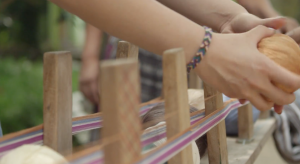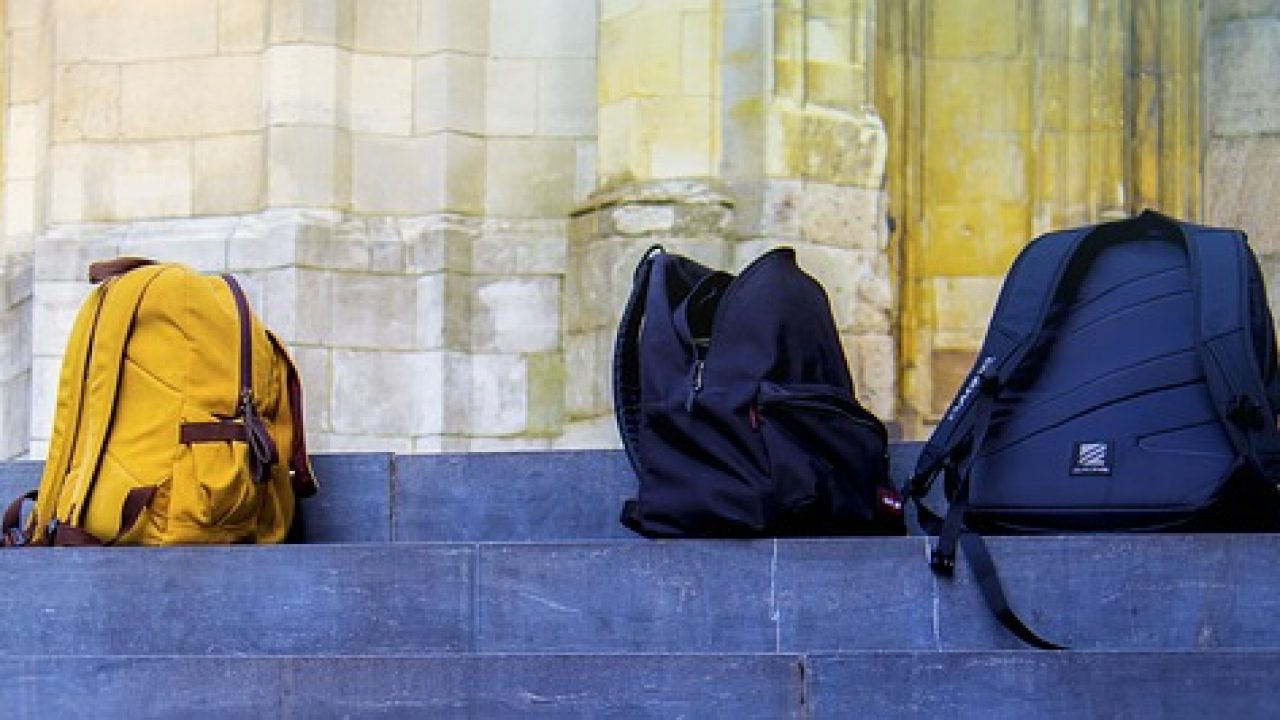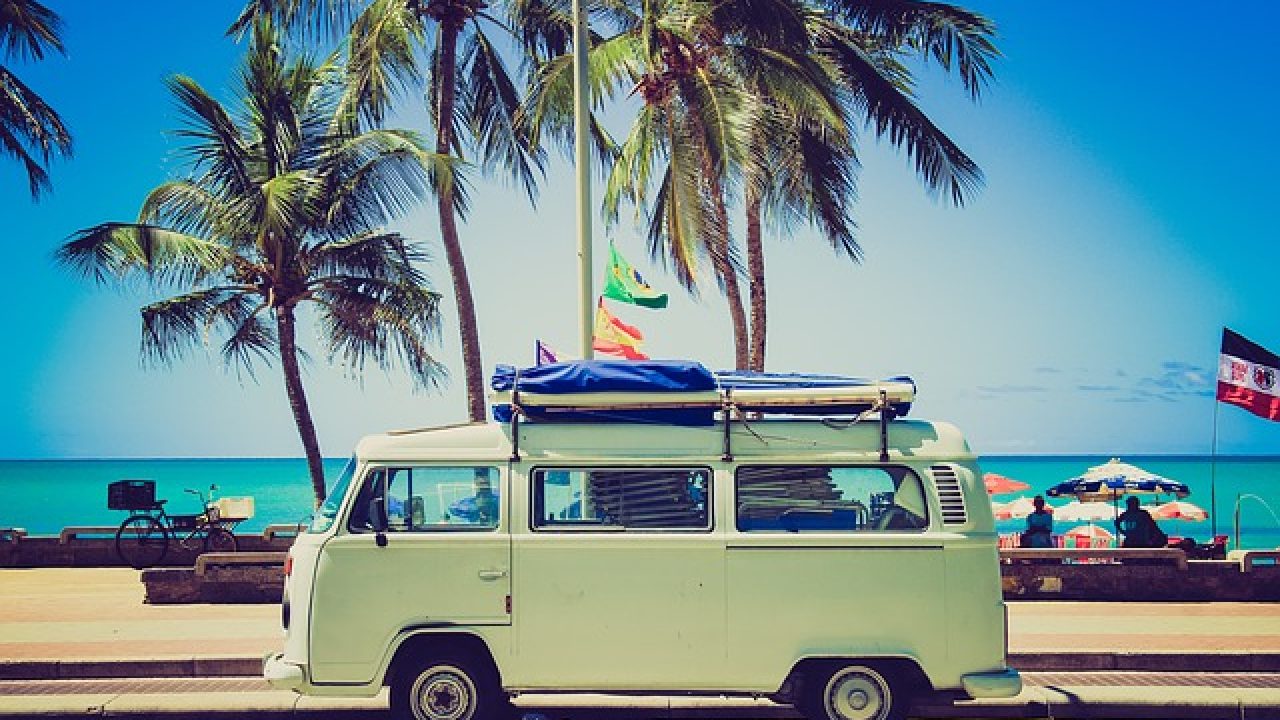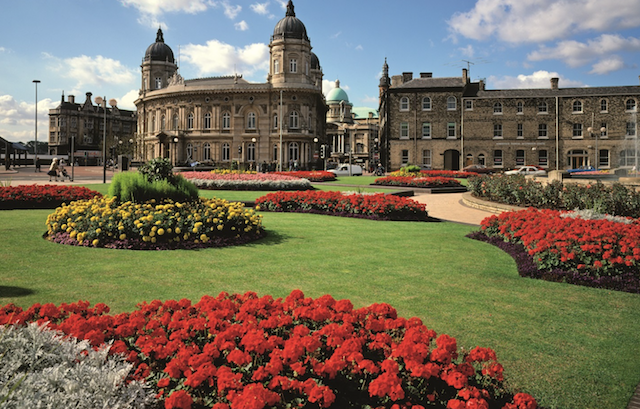Craftsmen Of The World
 Traveling the world, you’ll encounter a wide variety of skilled craftsmen, each with their own unique expertise rooted in the traditions of their respective cultures. In Italy, for example, you might meet a stonemason who has spent decades carving intricate details into marble, following methods that have been passed down through generations. In Japan, a carpenter (or daiku) may craft beautifully refined wooden structures, adhering to the principles of Japanese joinery, where precision and an almost meditative attention to detail is paramount. In Morocco, you could come across a master of tilework, creating zellige mosaics that tell stories through vibrant patterns, their craft interwoven with the country’s rich architectural history.
Traveling the world, you’ll encounter a wide variety of skilled craftsmen, each with their own unique expertise rooted in the traditions of their respective cultures. In Italy, for example, you might meet a stonemason who has spent decades carving intricate details into marble, following methods that have been passed down through generations. In Japan, a carpenter (or daiku) may craft beautifully refined wooden structures, adhering to the principles of Japanese joinery, where precision and an almost meditative attention to detail is paramount. In Morocco, you could come across a master of tilework, creating zellige mosaics that tell stories through vibrant patterns, their craft interwoven with the country’s rich architectural history.
In the process, the wood itself is often the most critical element. Restoration isn’t just about repairing; it’s about understanding the style, era, and techniques used when the home was originally built. A craftsman working on wood door stop molding would begin by assessing the wood for structural integrity, then may use traditional tools to recreate any missing or damaged sections, ensuring that the profiles and curves of the molding remain true to the original design. At times, if the existing molding is beyond repair, they might recreate the entire molding in a historically ac

curate manner, blending old techniques with modern methods to preserve the building’s soul.
It’s a slow and painstaking process, but the result is often a home that retains its character while standing strong for the future. Whether you’re in a grand Victorian mansion in England or a traditional adobe home in New Mexico, these craftsmen are essential to the conservation of architectural heritage. They ensure that a piece of history is not only preserved but also passed on to future generations

These artisans, regardless of where they are from, share a deep commitment to their craft and a strong connection to the past. This is particularly evident when it comes to restoring historic homes, a task that often involves both preserving and respecting the original craftsmanship while ensuring that the building remains functional and safe for modern use. Restoring elements like wood door stop molding, for instance, is a delicate job. Over time, these moldings—usually found along door frames—can become damaged due to wear and tear, or simply lose their former elegance as a result of aging. A skilled craftsman specializing in restoration would carefully match the original wood species, making sure that any repairs or replacements are indistinguishable from the original work.



 In terms of comfort, insulating your van is a game-changer, especially for those who plan to travel in varying climates. Reflective window covers, insulating foam, or thick curtains can help regulate the temperature and keep the interior cool in summer and warm in winter. For added warmth at night, a small space heater or portable propane stove (used safely) can be a lifesaver.
In terms of comfort, insulating your van is a game-changer, especially for those who plan to travel in varying climates. Reflective window covers, insulating foam, or thick curtains can help regulate the temperature and keep the interior cool in summer and warm in winter. For added warmth at night, a small space heater or portable propane stove (used safely) can be a lifesaver. Van life can be a highly practical lifestyle choice for digital nomads, but its success depends on several factors such as work requirements, travel preferences, and personal adaptability. For those who thrive on flexibility and adventure, living in a van offers an exciting way to combine travel with remote work, but it also comes with its own set of challenges that need to be carefully considered.
Van life can be a highly practical lifestyle choice for digital nomads, but its success depends on several factors such as work requirements, travel preferences, and personal adaptability. For those who thrive on flexibility and adventure, living in a van offers an exciting way to combine travel with remote work, but it also comes with its own set of challenges that need to be carefully considered.
 When you are constantly on the road, fast food often becomes your meal plan. You may normally drink a lot of water at home, but on the road, you may lean more toward sodas. You may eat out only sometimes when you are home, but after a week on the road you discover that all you have had was quick snacks or quick food. You are being a normal person. On the road, you may not be able to prepare the good, wholesome, well-balanced diet that you are used to. No one else is able to do it either unless they have invested a small fortune in RV ownership and use it to travel. You may not think about your newly bad habits, but when your clothes start to shrink unexpectedly; you will get a definite wakeup call. It will be then that you decide to break tradition and attempt to eat healthier while traveling.
When you are constantly on the road, fast food often becomes your meal plan. You may normally drink a lot of water at home, but on the road, you may lean more toward sodas. You may eat out only sometimes when you are home, but after a week on the road you discover that all you have had was quick snacks or quick food. You are being a normal person. On the road, you may not be able to prepare the good, wholesome, well-balanced diet that you are used to. No one else is able to do it either unless they have invested a small fortune in RV ownership and use it to travel. You may not think about your newly bad habits, but when your clothes start to shrink unexpectedly; you will get a definite wakeup call. It will be then that you decide to break tradition and attempt to eat healthier while traveling. Even if you are eating out for a week straight, you can still eat somewhat healthy by choosing only foods that are low in calories and high in protein. You will want proteins for every meal, but you definitely should not skimp out on it during breakfast time. You can eat fresh eggs from many restaurants and if that isn’t an option you may want to choose oatmeal, yogurt, and other types of healthy treats. You should avoid sugar filled pancake syrup because you will feel full quickly, but end up starving within a short time. This will mean that when you are riding down the road, you will reach for even more unhealthy treats. If you eat lunch on the road, choose grilled chicken, salads, sandwiches that use fresh meats and vegetables, etc. over the more traditional fast food burgers and fries. Those menu items will help you stay fuller longer and keep your weight in check as well.
Even if you are eating out for a week straight, you can still eat somewhat healthy by choosing only foods that are low in calories and high in protein. You will want proteins for every meal, but you definitely should not skimp out on it during breakfast time. You can eat fresh eggs from many restaurants and if that isn’t an option you may want to choose oatmeal, yogurt, and other types of healthy treats. You should avoid sugar filled pancake syrup because you will feel full quickly, but end up starving within a short time. This will mean that when you are riding down the road, you will reach for even more unhealthy treats. If you eat lunch on the road, choose grilled chicken, salads, sandwiches that use fresh meats and vegetables, etc. over the more traditional fast food burgers and fries. Those menu items will help you stay fuller longer and keep your weight in check as well.









